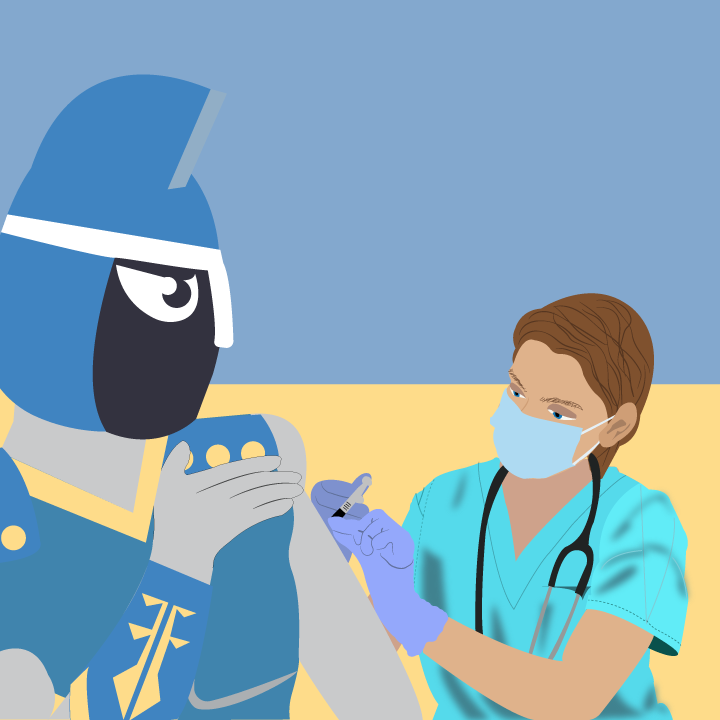Bobcat bludgeoned at Oak Hill School adjacent to LCC
On Oct. 16, a bobcat had made its way into Oak Hill School near Lane Community College as reported by local news station KMTR. The bobcat was discovered in the principal’s office when a parent drew attention to it. The cat was locked into the room and contained until experts could come to remove the creature.
The smallest of wildcats, bobcats, according to the Oregon Department of Fish and Wildlife, are “twice the size of a domestic cat, but its legs are shorter, its tail is shorter, and its body is more muscular and compact.” They exist all over Oregon except at high altitudes.
In September, KVAL reported an encounter with a cougar near Corvallis. A man was on a trail when he spotted the wildcat 40 yards away. The encounter escalated when he started yelling and waving his arms trying to scare the cat off. This only had an adverse effect and the cougar proceeded to step closer. It only ran away after two hikers and their dog appeared.
According to the ODFW, there are three common types of wildcats in Oregon: cougar, bobcat, and Canada lynx. Cougars are known to appear throughout Western Oregon and are mostly found in remote forests. The Canada lynx frequents high elevation habitats such as the Cascade Range.
The bobcat exists all over Oregon and is found in most places except for cultivated lands or high altitudes. They will sometimes enter communities in search of food. According to LCC Instructor of Biology and Zoology Stacey Kiser, the most common are cougars and bobcats.
Due to the dangerous reputations of these wild cats, drastic, and often lethal measures are taken by law enforcement.
“Blunt Force Trauma” was the method used in dealing with the young bobcat discovered at Oak Hill School, sparking controversy.
Though law enforcement has claimed that they dealt with the bobcat in a humane manner, the wildlife organization Predator Defense argued that the animal didn’t pose a threat and the method used was anything but.
The question here is the legality of what law enforcement tends to do in this situation. According to the Wild Earth Guardians website and Big Cat Rescue, all three of the wildcats are protected species.
Under the Endangered Species Act of 1973, killing an endangered species can be punishable for up to one year in prison with a $50,000 fine, or a $25,000 fine for civil crimes. There are exceptions, though.
If the government is who kills the animal, they are exempt if it was in defense of another human or animal.
If the bobcat posed a physical threat to Oak Hill School then it would have been legally permissible. However, law enforcement officials were the only witnesses to make the claim.
According to Kiser “attacks from these wild cats rarely happen at LCC.”
Kiser’s biology students have captured all sorts of animals in the surrounding research areas — Marston Forest and nearby wetlands — on camera since 2013.
Biology instructor Pat Boleyn said that LCC is within the natural territories of these animals. He then made the comparison between bobcats and cougars to domesticated house cats highlighting their nocturnal nature and sharp sense of smell.
Boleyn also pointed out that food is what brings them to communities and that when humans provide food, they come to rely on us the same as the common house cat.
Boleyn and Kiser both emphasized that location plays a part in where these appearances happen. Boleyn stresses the importance of co-existing with wild feline neighbors. Kiser also pointed out that these wild cats, not wanting to risk competition elsewhere, will be reluctant to move from their home.


